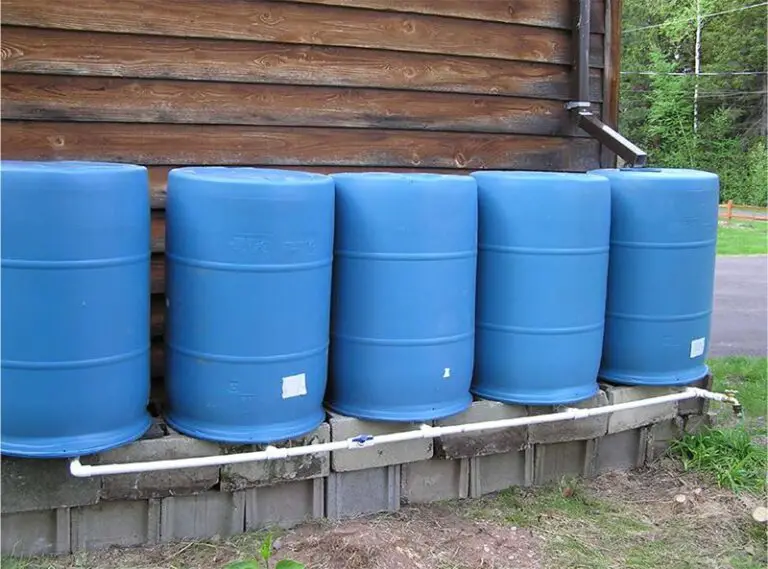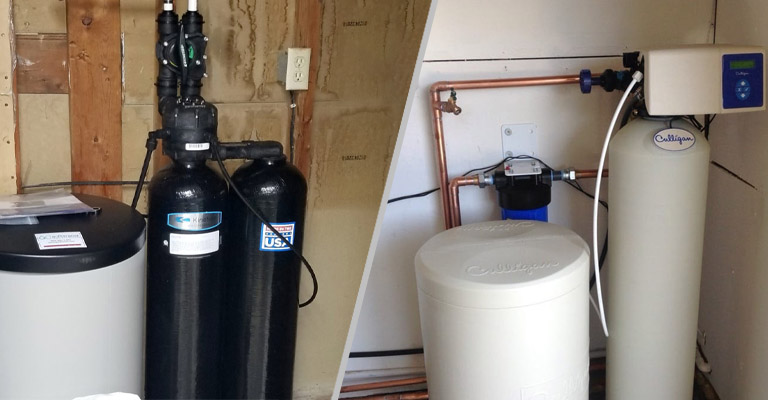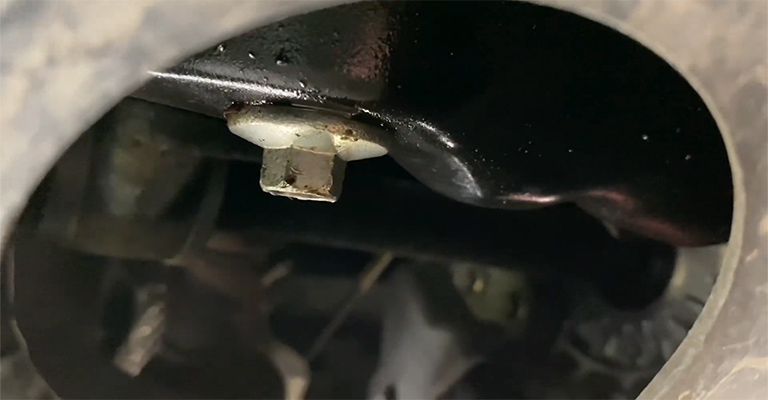The Ultimate Pest Control Checklist for New Homeowners
As a new homeowner, it’s essential to have a pest control checklist to keep unwanted critters away. Taking preventive measures can save you from costly damages. Let’s discover how to keep pests away!
The importance of pest control for new homeowners
Pests, such as rodents, termites, ants, and roaches, can cause serious harm to your home and belongings. They can chew through wires, contaminate food, and leave droppings that are hazardous to health. Invest in pest control to protect against these threats and maintain your property.
Pests can also impact your quality of life. Bed bugs bite and cause allergic reactions. Mosquitoes can buzz and carry diseases. To keep a healthy environment, address any signs of pest activity immediately.
Early intervention is essential for effective pest control. Professional inspections can detect problems before they get worse. Being proactive with preventive measures like sealing cracks and removing standing water can stop pests from entering your home.
Having a comprehensive pest control plan will benefit you and your community. Pests can move from one property to another if not controlled. Taking responsibility for pest control will help create a safer environment for everyone.
Preparing for pest control
To prepare for effective pest control in your new home, equip yourself with the following checklist. Inspect the property, seal potential entry points, and clear out clutter and food sources. Each step plays a crucial role in creating a pest-free environment.
Inspecting the property
- Start with the exterior.
- Survey the walls, foundation and points of entry.
- Keep an eye out for gaps and holes pests could use.
- Check windows, doors, vents and screens for damage.
- Move onto landscaping.
- Check trees, shrubs and vegetation near the building.
- See if any branches are touching or near windows or roofs.
- Remove any dead plants or debris that could attract pests.
- Proceed indoors.
- Start in high-moisture spots like kitchens and bathrooms.
- Inspect plumbing fixtures for leaks or excess moisture.
- Check storage areas for signs of pest activity.
- Don’t forget hidden spots.
- Look behind appliances, furniture and curtains.
- Pay attention to basements and crawl spaces.
- Look out for droppings, gnaw marks, skin and eggs.
In addition:
- Record findings accurately.
- Seek professional help if needed.
Remember: A well-executed property inspection is essential for preventing pests. Keep the environment clean and don’t forget to seal potential entry points for maximum lockdown.
Sealing potential entry points
To protect your home from pests, it’s important to seal potential entry points. Block these off to reduce the risk of infestation. Here are 3 key points to consider:
- Inspect and Seal Cracks: Check your home closely for cracks or gaps in walls, foundation, windows and doors. Ants and spiders can use these openings to enter your property. Seal them using caulk or weatherstripping.
- Secure Vents and Chimneys: Make sure these openings are properly screened or covered with mesh. This keeps out insects, birds and rodents.
- Check Utility Entry Points: Pipes and electrical wires can be used by pests to infiltrate your space. Seal gaps with expanding foam or wire mesh.
By sealing potential entry points, you’ll create a pest-free environment for you and your family. Regular inspections and promptly fixing new entry points will help make sure the barriers remain effective. Also, declutter your home before pest control – bugs love a messy house!
Clearing out clutter and food sources
- Clear out any unnecessary items or messiness from your living space. Pests like to hide in dark, cluttered areas, making it hard to spot them.
- Keep your kitchen clean and tidy, and store food in sealed containers to keep pests away.
- Empty your trash regularly, as the smell of decaying waste will attract pests.
- Maintain a clean outdoor environment too. Get rid of debris like leaves and branches, since they can provide shelter for pests.
By doing these things, you’re creating an environment that’s not so friendly to pests. This proactive approach can help stop them from invading your home or property.
Remember, preventative measures are the best way to handle pest control. Taking these easy, yet effective steps will decrease the chances of pests attacking.
Choosing the right pest control methods
To ensure effective pest control in your new home, rely on the right methods. Choose between natural or DIY solutions and hiring professional pest control services. Both approaches have their merits and considerations. Let’s explore the benefits and drawbacks of each option, allowing you to make an informed decision that suits your specific needs.
Natural or DIY methods
Choosing the right pest control methods is essential for successful management. Natural or DIY methods offer a sustainable, chemical-free approach. Essential oils such as peppermint, lavender and tea tree can repel bugs like ants, mosquitoes and spiders. Simply mix these oils with water and spray around your house. You can also create homemade traps, like a vinegar trap for fruit flies. Fill a jar with vinegar and cover with plastic wrap with holes. The fruit flies will be attracted to the scent, but get trapped in the jar.
Cleaning your living spaces and removing clutter can also help. Seal any cracks or openings in walls and windows to prevent pests from entering. These natural or DIY methods can be effective, however, they may not work in serious infestation cases. Professional pest control services may be needed for thorough treatment and lasting results. Understand the available options and consider factors such as infestation severity and personal preferences to choose the right pest control method.
Hiring professional pest control services
Professionals have special tools and equipment to make sure pest control is thorough and efficient. Hiring experts saves time and effort, as they take care of all pest control needs. Professional services often offer long-term solutions, reducing future infestations and lessening the need for multiple treatments. Trained technicians have extensive knowledge about pests’ behavior, so they can create a treatment plan that suits you.
In addition, they can give advice on preventive measures to reduce the risk of future infestations. This includes addressing underlying issues like cracks in walls or entry points for pests. One notable service in this sector is Empire Pest Control KL. They have a reputable track record of ensuring that homes and businesses remain pest-free.
Choosing professional services provides a comprehensive solution that meets your needs. DIY methods may only give temporary relief, but experts guarantee a more effective approach. So, don’t let persistent pests take over – contact professional pest control services for dependable help. Implementing the pest control checklist is like playing a warped game of hide and seek – the pests aren’t hiding and you don’t want to find them!
Implementing the pest control checklist
To effectively implement the pest control checklist for new homeowners, follow the guidelines provided in this section. Find solutions for indoor and outdoor pest control measures, ensuring a comprehensive approach to dealing with pests in your home.
Indoor pest control measures
Indoor Pest Control Measures:
Take charge against pests! Implement these 3 key points to control them indoors:
- Seal cracks and openings. Pests can get in through tiny holes in walls, windows, and doors. So, be proactive and block their way.
- Maintain cleanliness. Clean surfaces, floors, and carpets often. This removes food sources for pests and keeps them away.
- Use insecticides strategically. Target only certain areas when using insecticides. This reduces exposure and helps control pests.
Plus, figure out the weaknesses of pests in your indoor space. Get to know their habits and preferences. Then, make tailored solutions to strengthen your indoor pest control!
Outdoor pest control measures
Inspect and clean your environment to identify possible pest breeding areas.
Seal up walls, windows, and doors to stop pests getting in.
Fit screens on windows and doors for added protection against insects.
Keep shrubs and trees trimmed to stop pests from finding shelter.
Use pesticides as directed – it’s vital for effective pest control.
These outdoor pest control measures safeguard your property and promote healthy living. Take action now, to reduce the risk of infestations and maintain the well-being of your surroundings. It’s like playing hide and seek with pests – don’t get caught out!
Monitoring and maintenance
To maintain a pest-free home, monitor and maintain regularly with these essential tips. Conduct regular inspections and implement long-term pest prevention strategies.
Regular inspections
It is crucial to inspect regularly to detect any signs of wear, damage, or malfunctions. A thorough examination of all equipment and facilities must be done. Electrical systems, plumbing fixtures, HVAC systems, and safety measures are common areas for inspection. If discrepancies or issues are found, they must be addressed and fixed immediately.
Apart from regular inspections, it is essential to follow a maintenance plan. This includes cleaning, lubricating, and replacing parts as needed. By doing inspections regularly and following a maintenance plan, organizations can ensure that their assets function optimally and last long.
Frequent inspections not only help in detecting potential issues early but also make sure that safety standards are met. Inspecting on a consistent basis allows organizations to reduce risks and maintain efficiency.
Pest prevention tips for the long-term
Pest prevention is essential! Stop them from coming by:
- No food or water left around
- Block off entryways
- Keep the place neat and tidy
- Check up on it regularly
Conclusion
Congrats! You’ve just bought a home & conquered pest control. This checklist has helped you keep pests away. But, there’s more to know.
- Pest control isn’t a one-time deal. Keep inspecting & taking preventive measures for the long-term.
- DIY methods are ok, but professionals have the know-how to handle serious pest problems.
- Prevention is important. Seal cracks & openings, store food securely & keep the home clean.
That’s all there is to it! Follow these tips & you’ll have a comfortable, pest-free home. Good luck!






